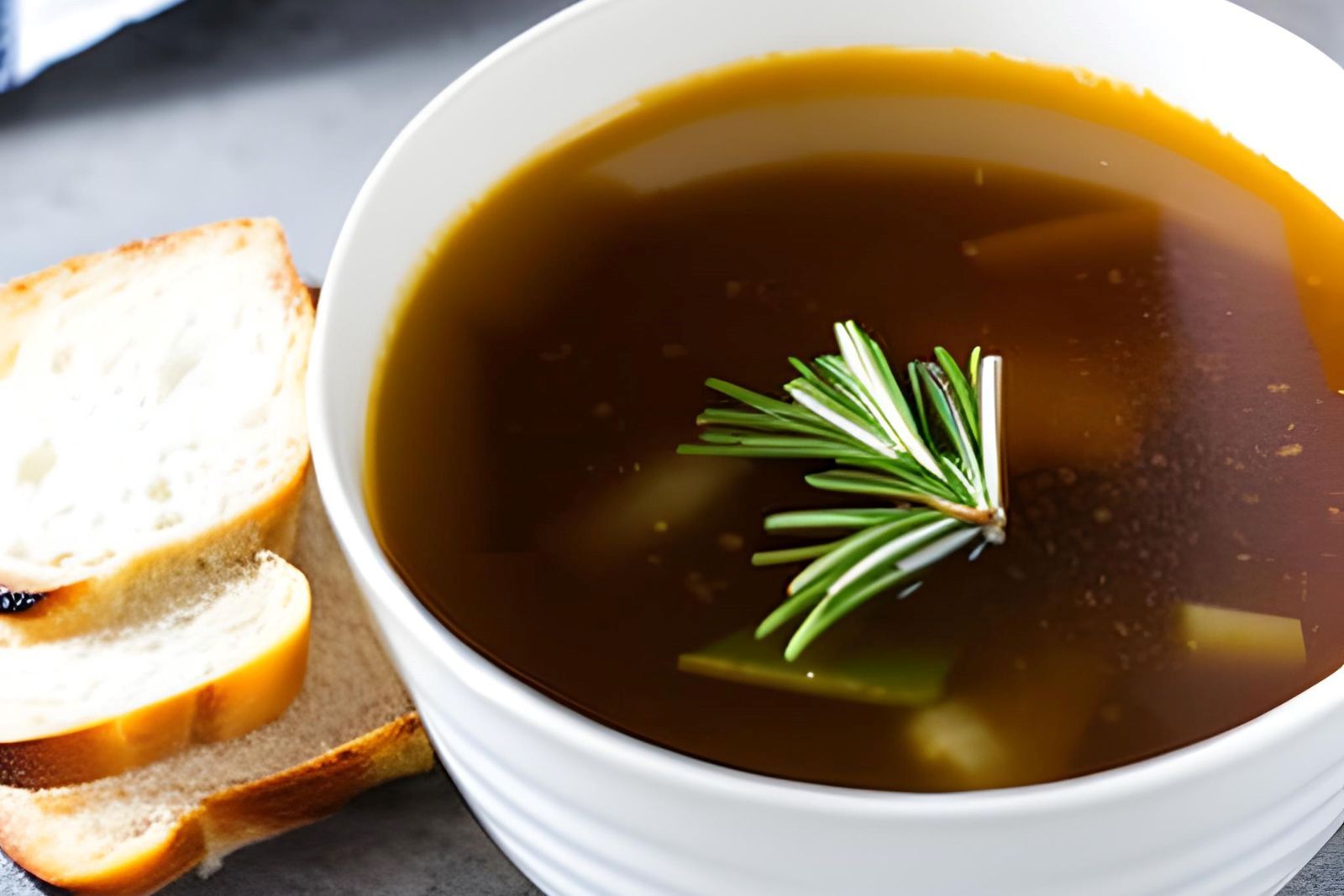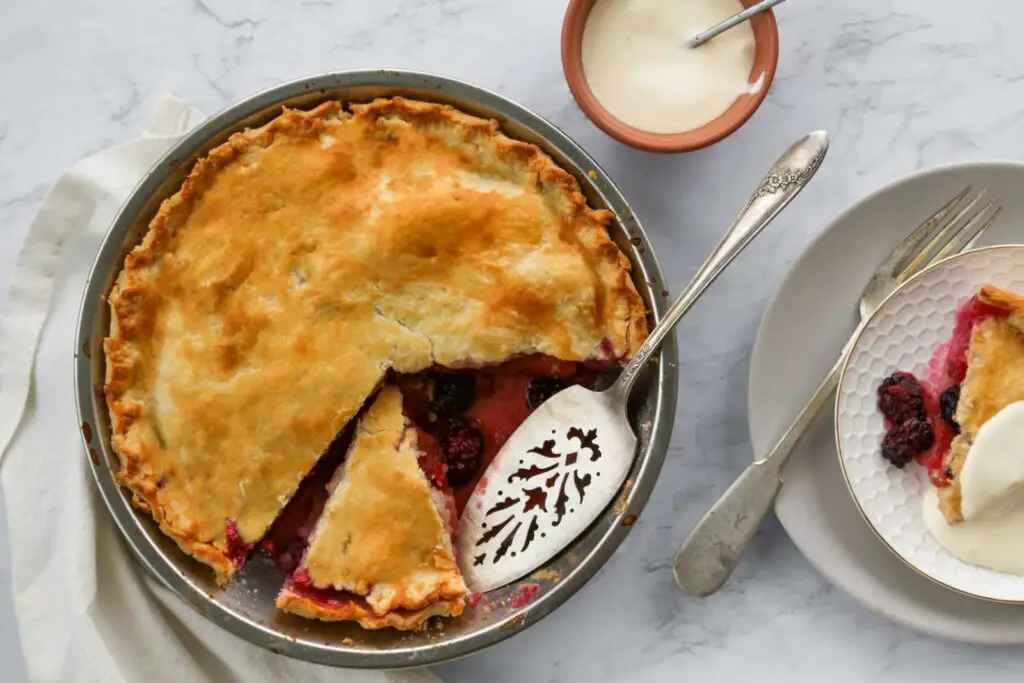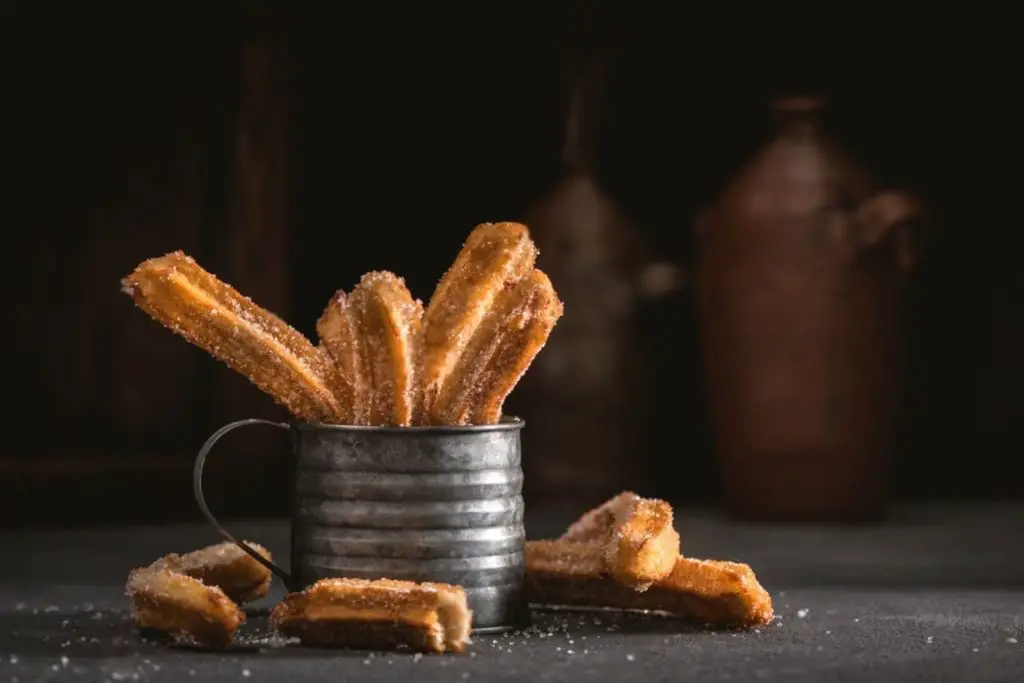
Beef broth is a rich and flavorful liquid that forms the base of many delicious soups, stews, and sauces. If you find yourself with an excess amount of homemade or store-bought beef broth, freezing it can be a great way to preserve its taste and use it later. Freezing beef broth allows you to conveniently store it for extended periods without compromising its quality. Whether you made a large batch of broth or have leftovers from a recipe, freezing it in appropriate portions ensures that you always have a ready-to-use supply of beefy goodness on hand. With proper preparation and packaging, you can freeze beef broth to maintain its flavors, nutrients, and versatility, making it a valuable ingredient for your future culinary endeavors.
Here are the steps to freeze beef broth:
Step 1: Allow the beef broth to cool down to room temperature.
Allowing beef broth to cool down to room temperature before freezing is an important step in preserving its quality. When hot broth is immediately placed in the freezer, the temperature difference can cause condensation to form inside the container. This moisture can lead to freezer burn, a condition that can negatively affect the texture, flavor, and nutritional content of the broth. By allowing the broth to cool to room temperature, excess moisture is given a chance to evaporate before the broth is frozen.
This reduces the risk of freezer burn and helps to maintain the quality of the broth for a longer period of time. Additionally, cooling the broth before freezing can help to prevent the growth of harmful bacteria, as it reduces the time the broth spends at temperatures that are favorable for bacterial growth.
Step 2: Transfer the beef broth to freezer-safe containers or bags.
After allowing the beef broth to cool down to room temperature, the next step is to transfer it to freezer-safe containers or bags. Mason jars, plastic containers, and resealable freezer bags are all suitable options for storing broth in the freezer. It is important to choose containers or bags that are designed for freezing, as these are more durable and less likely to crack or break in low temperatures.
When transferring the broth to containers or bags, it is recommended to leave some headspace to allow for expansion during freezing. This is because liquids expand when they freeze, and if the container or bag is filled to the brim, it may crack or burst as a result. A good rule of thumb is to leave at least an inch of space at the top of the container or bag. Additionally, it is important to make sure that the container or bag is sealed tightly to prevent air from getting in, as this can lead to freezer burn.
Step 3: Label each container with the date and contents.
Labeling each container or bag of beef broth with the date and contents is an important step in freezer storage. This helps to keep track of what you have in the freezer and when it was frozen, which can help prevent food waste and ensure that you are using the oldest items first. Additionally, labeling can prevent confusion and mistakes, as it helps to distinguish the broth from other items in the freezer.
When labeling containers or bags of beef broth, it is important to use a permanent marker or a label that will not smudge or fade in the freezer. This will ensure that the label remains legible over time and prevents confusion. It is also important to include the date of freezing, as this allows you to keep track of how long the broth has been in the freezer and when it should be used by. Additionally, including the contents of the container or bag helps to easily identify what is inside without having to open it.
Step 4: Place the containers of beef broth in the freezer.
Once the beef broth is properly labeled and packaged, the next step is to place the containers or bags in the freezer. It is important to arrange them in a way that allows for efficient use of freezer space and easy access to the broth when needed. This can be achieved by stacking containers or bags of similar size together, or by organizing them in a way that allows for easy identification and access.
It is important to ensure that the temperature in the freezer is set to 0°F (-18°C) or lower to ensure safe storage. At this temperature, harmful bacteria cannot grow and the quality of the broth is preserved. It is recommended to check the temperature of the freezer regularly to ensure that it remains at the appropriate temperature.
When placing the containers or bags of beef broth in the freezer, it is important to avoid overloading the freezer, as this can affect the overall temperature and lead to uneven freezing. It is also important to leave some space around the containers or bags to allow for air circulation, which promotes faster freezing and better quality.
Other related questions
How do I defrost frozen beef broth?
The best way to defrost frozen beef broth is to place it in the refrigerator for several hours or overnight. Alternatively, you can use the defrost function on your microwave or place the container in a bowl of cold water, changing the water every 30 minutes. It is important not to defrost beef broth at room temperature or in hot water as this can lead to bacterial growth.
How long does it take to thaw beef broth?
The time it takes to thaw beef broth depends on the size and shape of the container and the temperature of the surrounding environment. Generally, it takes about 24 hours to thaw 1 quart of beef broth in the refrigerator. If you’re in a hurry, you can speed up the process by placing the container in a bowl of cold water. A quart of beef broth will thaw in about 30 minutes to an hour using this method. Avoid using hot water or microwave as they can partially cook the broth and change its texture.
Can I refreeze previously thawed beef broth?
It is generally not recommended to refreeze beef broth that has been previously thawed, as it can lead to a loss of quality and potentially unsafe levels of bacteria. It is best to use up the thawed broth within a few days or store it in the refrigerator for up to 4 days.
How do I know if my beef broth has gone bad?
If your beef broth smells sour or off, or if it has a cloudy appearance or unusual texture, it may have gone bad. Additionally, if you notice any mold growth or unusual colors, it’s best to discard it. Always use your best judgment and if in doubt, it’s better to err on the side of caution and throw it out.
Can I freeze beef broth that has been refrigerated?
Yes, you can freeze beef broth that has been refrigerated. However, it’s important to cool the broth down to room temperature first before placing it in the freezer. If the broth is still warm, it can raise the temperature of the other foods in the freezer, potentially causing them to spoil. Once the broth has cooled down, transfer it to a freezer-safe container, leaving a bit of space at the top for expansion. Label and date the container, and place it in the freezer for up to six months.
How long can I keep the beef broth in the freezer?
You can keep beef broth in the freezer for up to six months. It’s best to use it within this time frame to ensure that it maintains its quality and taste. After six months, the broth may begin to develop freezer burn or lose its flavor. To maximize the shelf life of your frozen beef broth, store it in an airtight container, label and date it, and keep it in the coldest part of your freezer.
How do I reheat frozen beef broth?
To reheat frozen beef broth, simply transfer the container to the refrigerator to thaw overnight. Then, heat it in a saucepan over medium heat, stirring occasionally, until it reaches a simmer. Alternatively, you can microwave it on high in a microwave-safe container, stirring occasionally, until heated through.
Can I freeze beef broth that has been seasoned with herbs?
Yes, you can freeze beef broth that has been seasoned with herbs. However, it’s important to note that the flavor of the herbs may intensify during the freezing process, so it’s best to use them sparingly. It’s also recommended to strain the herbs from the broth before freezing to prevent any texture issues.
Can I add salt and spices to the beef broth before freezing?
Yes, you can add salt and spices to the beef broth before freezing it. However, be mindful of the amount of salt you add, as it can become more concentrated when the broth is frozen and thawed. It’s best to add salt and spices in moderation and adjust the seasoning when you reheat the broth. You can also freeze the broth without seasoning and add it later when you use it in a recipe.
Can I freeze beef broth in ice cube trays?
Yes, you can freeze beef broth in ice cube trays. This method is great for portion control and for adding small amounts of broth to recipes. Fill the ice cube trays with beef broth, making sure not to overfill each compartment. Place the trays in the freezer and allow the broth to freeze completely. Once the broth is frozen, remove the cubes from the tray and store them in an airtight container or freezer bag. This method is also useful for freezing small amounts of leftover broth.
Can I freeze beef broth with vegetables in it?
Yes, you can freeze beef broth with vegetables in it. However, keep in mind that vegetables may become mushy or lose their texture after freezing and thawing. It’s recommended to strain the vegetables out of the broth before freezing. If you prefer to freeze the broth with vegetables, choose vegetables that freeze well such as onions, carrots, and celery. Be sure to cool the broth before freezing and use a freezer-safe container with enough headspace for expansion during freezing.
Can I use frozen beef broth with fresh ones?
Yes, you can use frozen beef broth with fresh ones. Simply thaw the frozen broth before using it, and then combine it with the fresh broth as needed. It’s important to note that the flavor and consistency of the combined broth may be slightly different from that of using only fresh broth.








